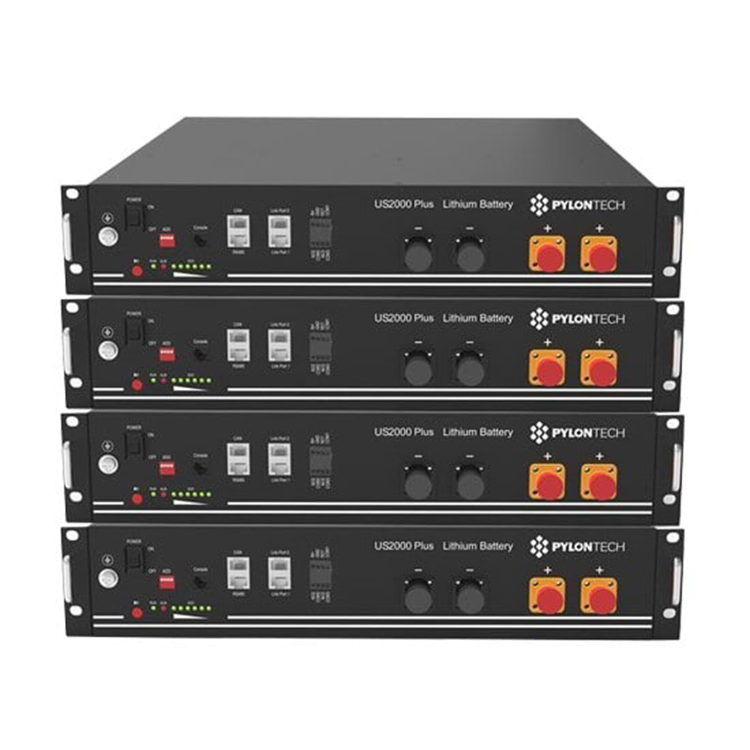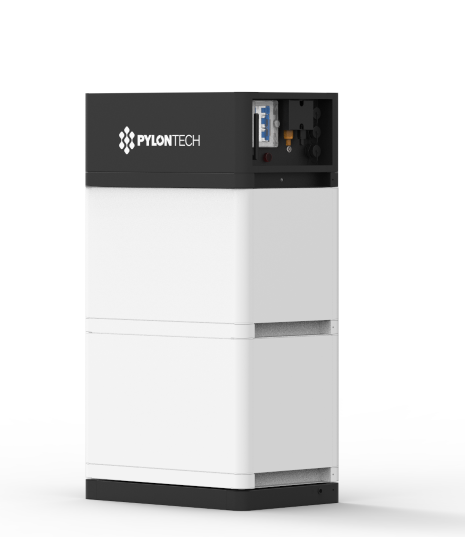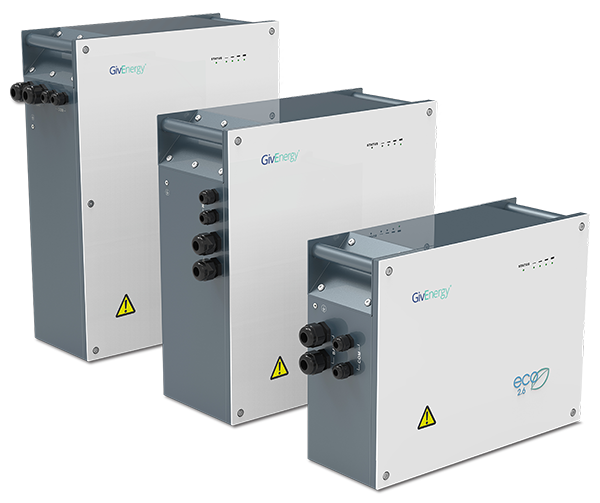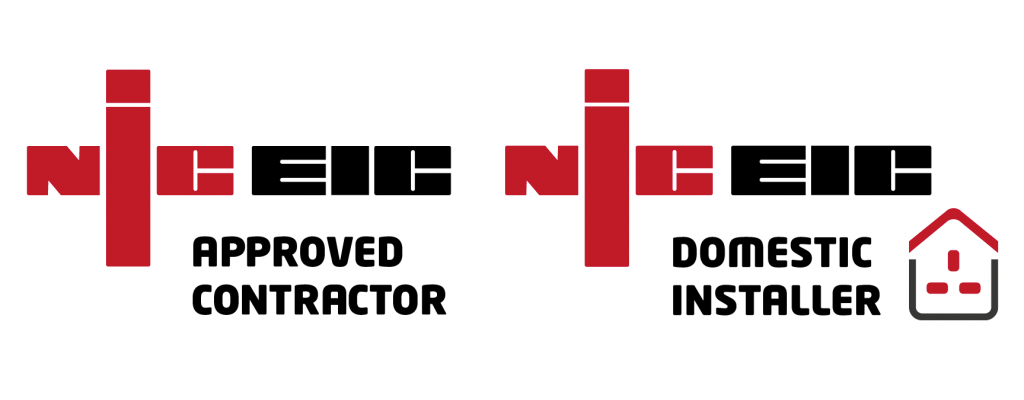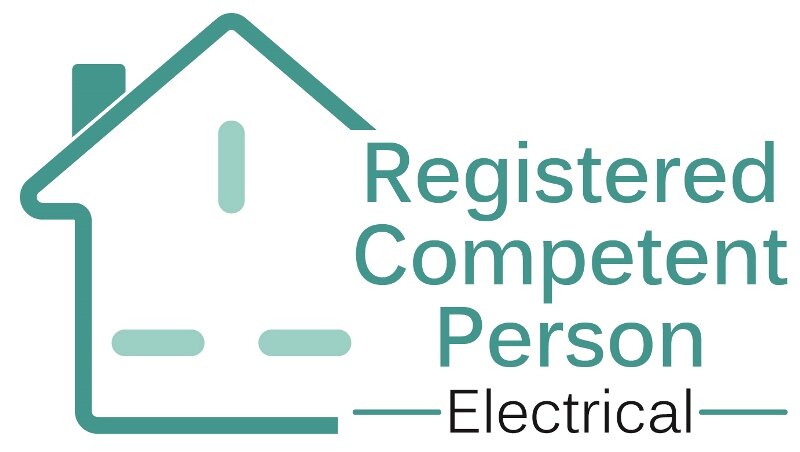Battery Storage
You may already have a Solar Photovoltaic (PV) system and be thinking about adding battery storage or be planning to install a new solar panel system and wondering if it is worth adding.
HOW DOES HOME BATTERY STORAGE WORK?
Solar Battery systems are designed to store the excess energy from your PV system. They are capable of monitoring the homes usage of electricity. The internal battery management system will automatically divert the excess energy to your battery, rather than allow it to generate back onto the grid. The battery system will then distribute the stored energy when it detects a demand in the house greater than the PV system can provide. Or when there is no PV generation, providing there is sufficient energy stored in the battery.
IS HOME BATTERY STORAGE RIGHT FOR YOUR PROPERTY?
It’s a good question and the answer is, it depends on your lifestyle, energy usage and size of PV system.
On average, a household would utilise 35 - 50% of the generated system without a battery. This would rise if you are in the house for much of the day. However, battery storage can raise this to 80%. If you have a system already installed and use all the energy generated from your PV system, then battery storage may not be right for you. However, if there is spare generation, then it could be a great way to further reduce your energy bill.
It is always recommended to look at your inverter monitoring to see how much of the power generated is being consumed during the day, before deciding if battery storage is right for you.
WHICH SIZE PV SYSTEM DO I NEED?
Typically, most battery domestic storage inverters / battery managers are manufactured to work with PV systems of 3kW to 5kW. While it is possible to have smaller (or larger), consideration must be taken to the load and usage.
WHAT EQUIPMENT DO YOU REQUIRE FOR SOLAR POWER STORAGE
For a solar battery systems to work, you require a battery manager and batteries. There are two types of battery managers available on the market for grid connected PV systems.
1. Hybrid Inverters DC Coupled, which is an inverter and battery manager combined in the same casing. This is typically installed with new battery systems but is worth considering where you have an inverter nearing the end of its life cycle. Hybrid inverters come usually as a package and are relatively straight forward to install.
2. AC Coupled which is installed alongside your existing inverter on AC side of the inverter. These units can usually be retrofitted to any existing system, with the advantage that they can be more remote from the solar array.
WHAT SIZE BATTERY SHOULD YOU INSTALL?
The size of the battery installed should be matched to your electricity usage and the size of the PV system. Installing too small battery could mean you are not storing as much electric as possible and maximising your self-usage, but too large a battery would mean you would rarely reach maximum battery capacity, and not making full use of the storage you have purchased.
You also must consider the performance of the battery during the winter months when Solar PV generation is at its lowest.
Generally, the smallest lithium battery is 1.2kWh on the market going up to 10kWh. You can also add multiple batteries together to create larger storage systems.
IS BATTERY STORAGE SAFE?
Both Lithium Ion and Lead Acid batteries are safe as long as they are installed correctly and maintained in the condition recommended by manufacturers.
To ensure Lead Acid batteries are maintained it is important to ensure they are well ventilated and kept at within the temperature parameters. Most systems have battery temperature monitors.
Lithium Ion batteries pose a fire hazard if not installed correctly, or if you use inferior quality batteries. The reason for this is the chemistry behind lithium ion batteries makes them more prone to thermal runaway, if they are damaged or overheat. This highlights the importance of the battery management system which monitors all of the parameters as well as the battery temperature and shuts the system down if any faults are detected.
To minimise the risk of thermal runaway it is important to understand the battery you are purchasing. Lithium Ion is the umbrella term used to describe several lithium technologies. The safest lithium technology is Lithium Iron Phosphate (LiFePO4).

